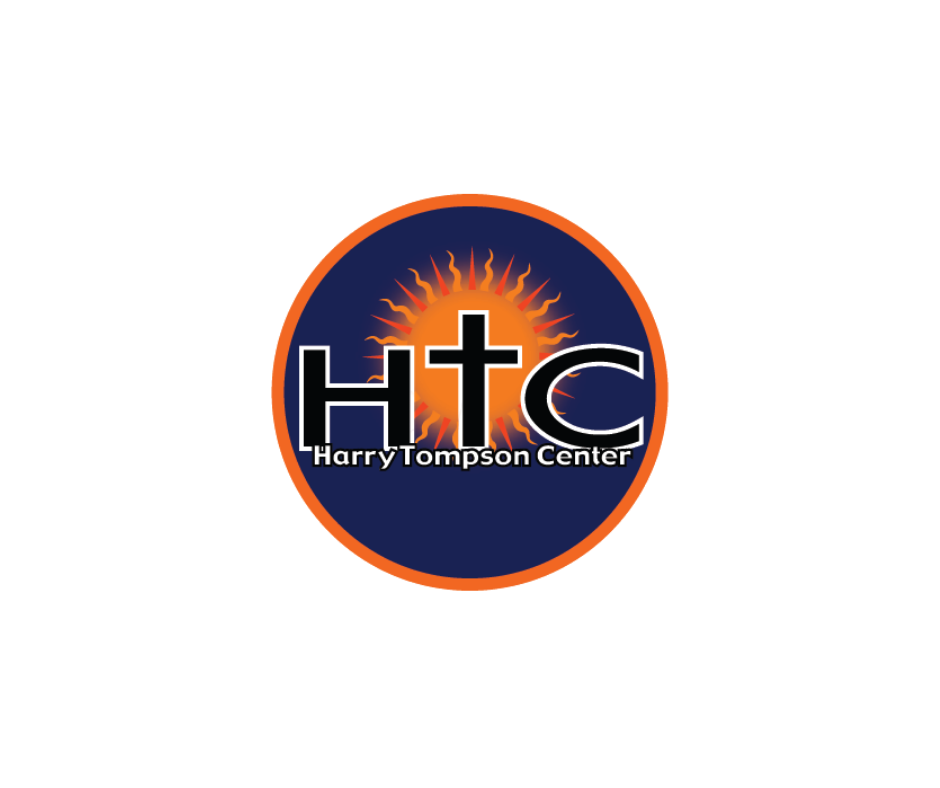Since last Fall, the HTC has had the distinct pleasure of working with a group of Tulane students to improve and expand services at the Center. As part of their Engineering Physics Team Design Capstone, students were asked to solve real world problems using engineering principles learned over the course of their studies. With the guidance of their professor, Dr. Matt Barrios, architect, Stuart Stoller, and HTC Executive Director, Emily Wain, five students – Matt, Andrew, Sam, Gabby, and Jose – took on the challenge.
Several project ideas were discussed before the students determined to complete two major structural projects for the Center: 1. To build a storage shed to help alleviate overflow from our small storage space, and 2. To design a cell phone charging locker for guests to use during service hours.
The team set to work. In order to make space for the storage shed, a large palm tree had to be uprooted, asphalt had to be cleared, and permits had to be obtained. Matt, the team lead, reflected that the project was not without its challenges.
“Acquiring a permit for something as small as a 6’x10’ shed from the City of New Orleans was an incredibly difficult process.” Matt joked that solving real world problems sometimes means taking on more real world problems. “It’s a good thing that permits are required, generally speaking, since they help promote safety on construction projects, but it was eye opening to see just how much time it took.”
Andrew, who worked alongside Matt building the shed, was also surprised by how much time certain construction elements took. “The hardest part was removing the stump and rootball of the palm tree that were positioned where we needed to build the foundation. Matt and I both thought that digging out the stumps would take a few days tops, but it took nearly two weeks and we had to call for reinforcements.”
The scope of this design project was truly impressive. Not only did the students design and build these structures, but they also worked to secure over $5,000 through grants and fundraising efforts to pay for supplies, permits, and hire professionals, including an electrician who ran power to the shed.
Sam, who spearheaded the design of the phone charging station, listened to HTC’s need for a safe, accessible, and weatherproof option that could handle a lot of use. Ultimately, the team designed a charging station complete with 12 lockers, each of which contain 4 different kinds of chargers for varying devices. Staff act as key holders for the charging station, allowing guests to check their phones and other electronics while utilizing other services. The Tulane team tested the lockers for all kinds of bad weather scenarios, including ensuring that heat and rain would not harm stored devices. They also made 3D printed wooden keyrings that add to the aesthetic appeal of each locker.
The charging station is a huge hit among guests and staff. Surveys distributed to guests reveal that they are pleased with the function, aesthetics, security, and ease of use and it’s become a very popular feature at the Center.
After eight months of hard work, the students were able to bring their projects to completion. We are incredibly proud of their efforts and hope that they are pleased with the positive impacts these additions will continue to make in the lives of HTC staff and guests. We want to extend our sincerest thanks to Matt, Andrew, Sam, Gabby, and Jose for their efforts and congratulate them on graduating! Our most sincere gratitude to Dr. Barrios and Stuart Stoller for their guidance and expertise. We look forward to continuing our partnership with Tulane’s School of Science & Engineering and all of the great ideas these bright students continue to dream up.





